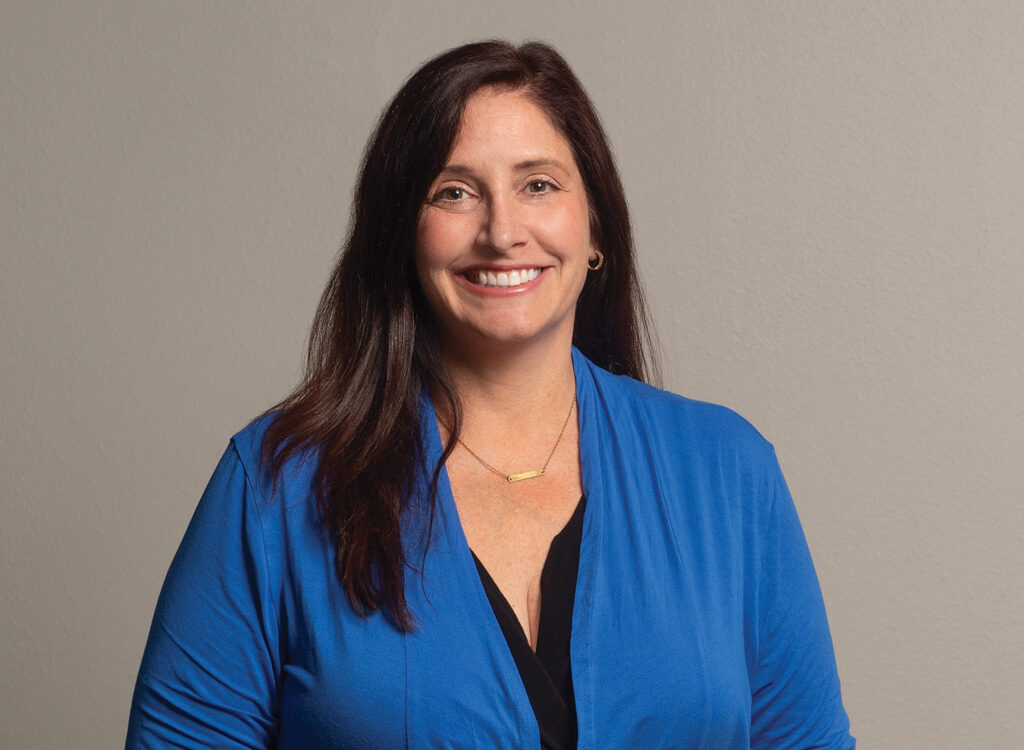McLellan: Should you jump onto the podcast bandwagon?

DREW MCLELLAN Nov 21, 2017 | 3:27 pm
2 min read time
529 wordsBusiness Record Insider, Sales and MarketingAs we march toward January, I am devoting the next several columns to talking about some of the channels and marketing tactics that you need to have in your consideration set for your 2018 marketing plan.
A few weeks ago, I shared some statistics, including: 24 percent of U.S. adults listen to at least one podcast a month. (statista.com)
Last week we explored how you can leverage the popularity of video as a channel, and this week I want to turn our attention to podcasting.
Podcasting came into being back in the 1980s, and in those days, we called it audio-blogging. The content wasn’t very accessible because technology hadn’t caught up to the idea, so it was really a niche way of communicating to a very small audience off a website. With the advent of broadband internet, portable digital audio playback devices (think iPod) and iTunes, podcasting became a viable thing in late 2004.
Fast-forward to 2017. Podcasting is at the cusp of being very mainstream. Forty percent of Americans (age 12 and older) have listened to at least one podcast, and 24 percent listen to at least one podcast a month. Podcast listeners are affluent, educated consumers, with over 45 percent of monthly podcast consumers earning $75,000 a year or better. (Edison Research)
One of the reasons podcast adoption is growing is that people can listen while doing something else. Listeners report binging on their favorite podcasts while they’re commuting to work, on the treadmill, walking the dog or cleaning the house. Given the reality of how we multitask, the idea of being able to consume information while accomplishing other tasks is very appealing.
If considering a podcast, remember this is not a sales tool. This is about you making your audience smarter/better or entertaining them. Umpqua Bank’s “Open Account” is an insightful example. Their premise is that people are uncomfortable talking about money, and the podcast takes an unconventionally honest approach to talking about financial struggles, pressures and stress, and how people have overcome them.
This is about creating an audience that becomes your community by demonstrating that you understand who they are and what they need. Once you’ve done the hard work of getting all of your technology squared away and are producing podcasts, you’ll also enjoy how that content can be sliced and diced.
From one 60-minute podcast, at a minimum, you can create:
- One podcast episode.
- One article to submit to a trade or specialty publication.
- Two video clips.
- Two blog posts (one based on the content and one announcing the episode release).
- 10 tweets quoting you or your guest.
- Three Facebook posts.
- Three Instagram quote graphics.
- Three Pinterest graphics.
- One LinkedIn article.
- One webinar.
- One lead magnet piece of content (e-book).
That’s 28-plus pieces of relevant, branded content. It’s hard to beat that from an ROI perspective. You are building a community, but you’re also building out your content calendar.
A podcast is a commitment. The last thing you want to do is launch one and then stop producing it. But when done consistently and well, it’s a unique and effective tool for building lasting relationships with your customers, prospects and referral sources. n







